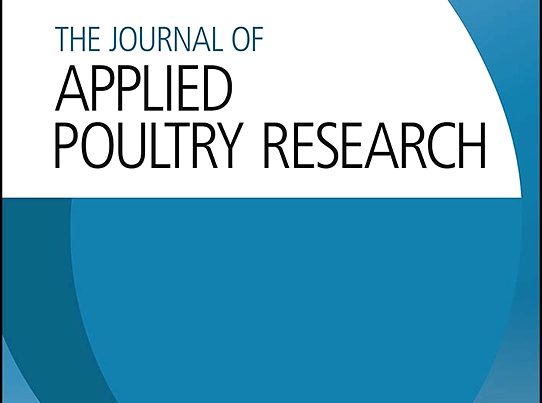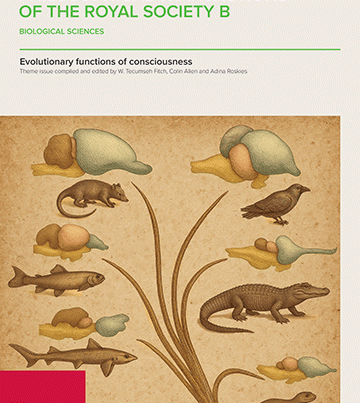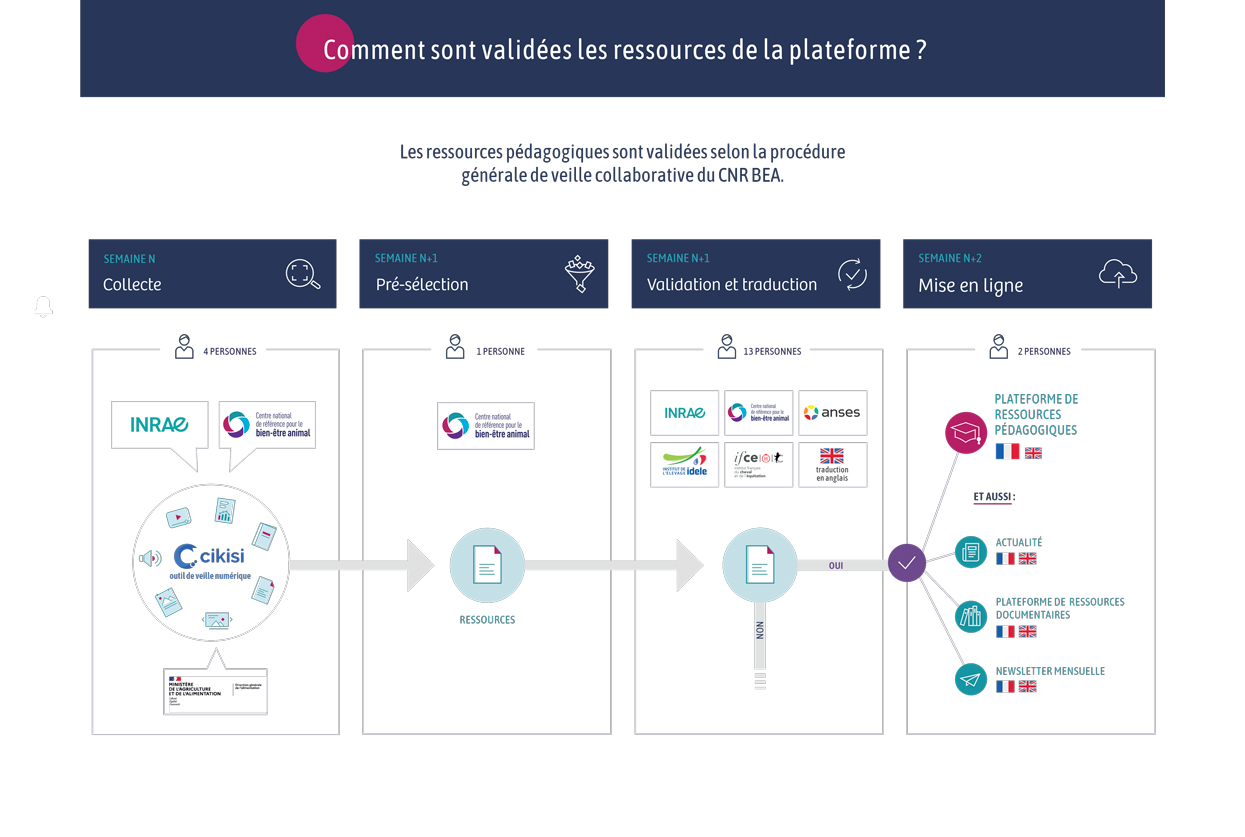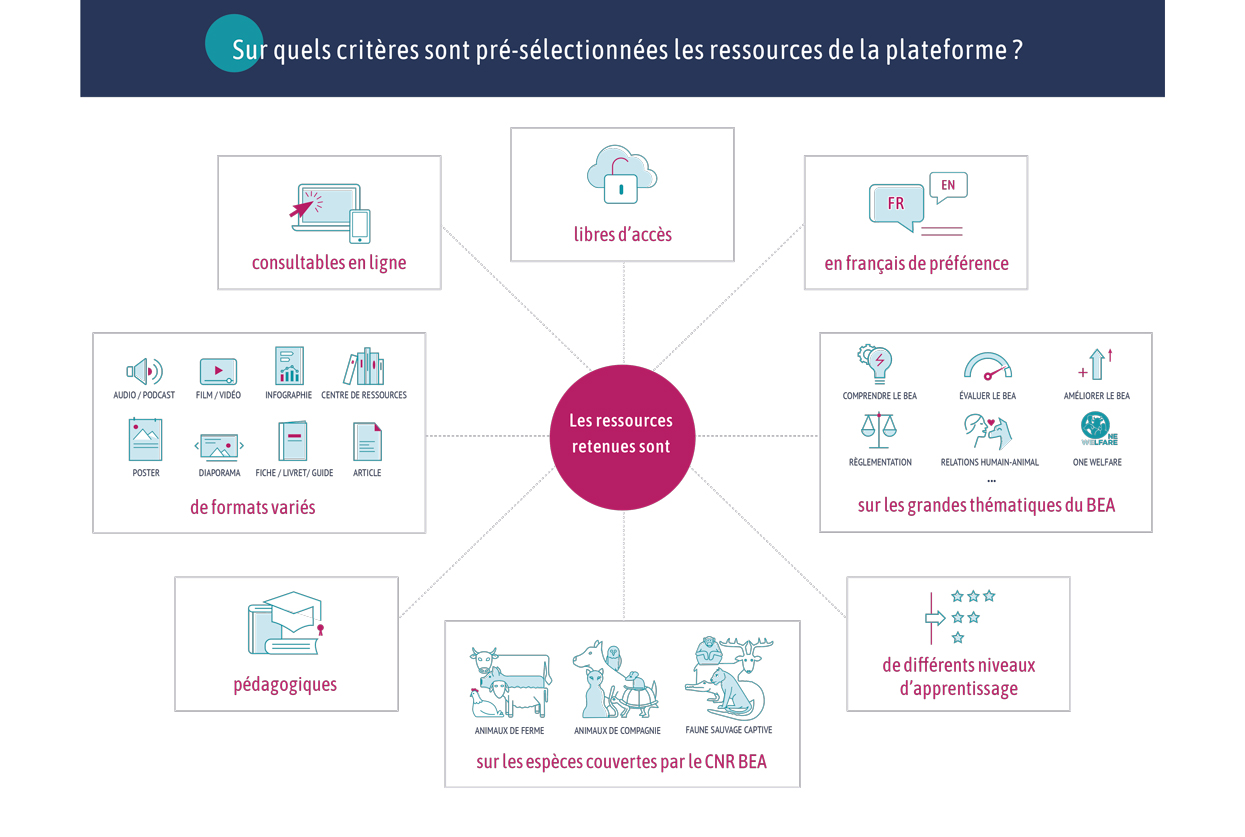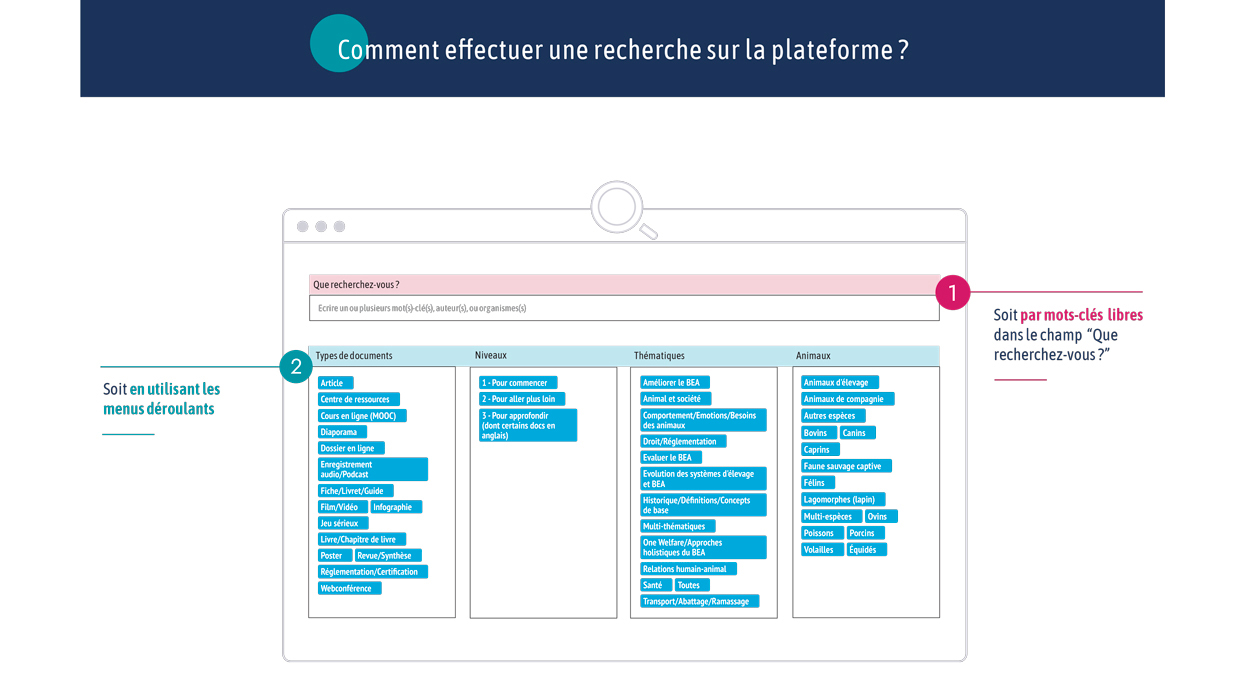Type de document : article scientifique publié dans Scientific Reports
Auteurs : Truong, S., Schmitt, O. & Rault, JL.
Résumé en français (traduction) : Selon vos conditions ou les miennes : réaction des porcs à un contact tactile doux imposé ou à une interaction libre avec un humain familier
Les interactions positives entre l’homme et l’animal (IHA) peuvent être intrinsèquement gratifiantes et faciliter les relations positives entre l’homme et l’animal. Cependant, les paradigmes des IHA varient d’une étude à l’autre et l’influence des différents paradigmes d’interaction sur la réponse de l’animal a été négligée. Nous avons comparé les réponses comportementales de porcs (n = 28) testés individuellement avec deux types d’interactions tactiles douces avec un humain familier : « free form (FF) » où le porc pouvait volontairement s’approcher et interagir comme il le ferait normalement, et « imposed contact (IC) » où l’humain imposait un contact tactile au porc selon un protocole standardisé. Les porcs n’ont pas différé dans leur niveau d’engagement avec l’humain entre les deux types d’interactions. Cependant, leur comportement diffère : ils explorent davantage l’enclos pendant le test FF, tandis qu’ils émettent davantage de vocalisations graves (grognements) pendant le test IC. Ces différences peuvent probablement être imputées au test IC, qui diffère de l’accoutumance des porcs au contact humain, ce qui aurait pu susciter une plus grande attention à l’égard de l’humain ou déclencher une frustration due à la violation des attentes. Ces résultats mettent en évidence l’influence de la prévisibilité de l’interaction ou du niveau d’autonomie fourni à l’animal dans les tests IHA et la relation avec leur expérience antérieure de l’interaction.
Résumé en anglais (original) : Positive human–animal interactions (HAIs) can be intrinsically rewarding and facilitate positive human–animal relationships. However, HAI paradigms vary across studies, and the influence of different interaction paradigms on the animal’s response has been overlooked. We compared the behavioural responses of pigs (n = 28) individually tested with two types of gentle tactile interactions with a familiar human: ‘free form (FF)’ where the pig could voluntarily approach and interact as they normally would, and ‘imposed contact (IC)’ where the human imposed tactile contact on the pig according to a standardised protocol. Pigs did not differ in their level of engagement with the human between the two types of interactions. However, they differed in their behaviour as they explored the pen more during the FF test, while they emitted more low-pitched vocalisations (grunts) during the IC test. These differences can likely be imputed to the IC test differing to the pigs’ habituation to human contact, which could have evoked greater attention to the human or triggered frustration due to violation of expectation. These findings highlight the influence of the predictability of the interaction or level of agency provided to the animal in HAI tests and relation to their previous experience of interacting.



